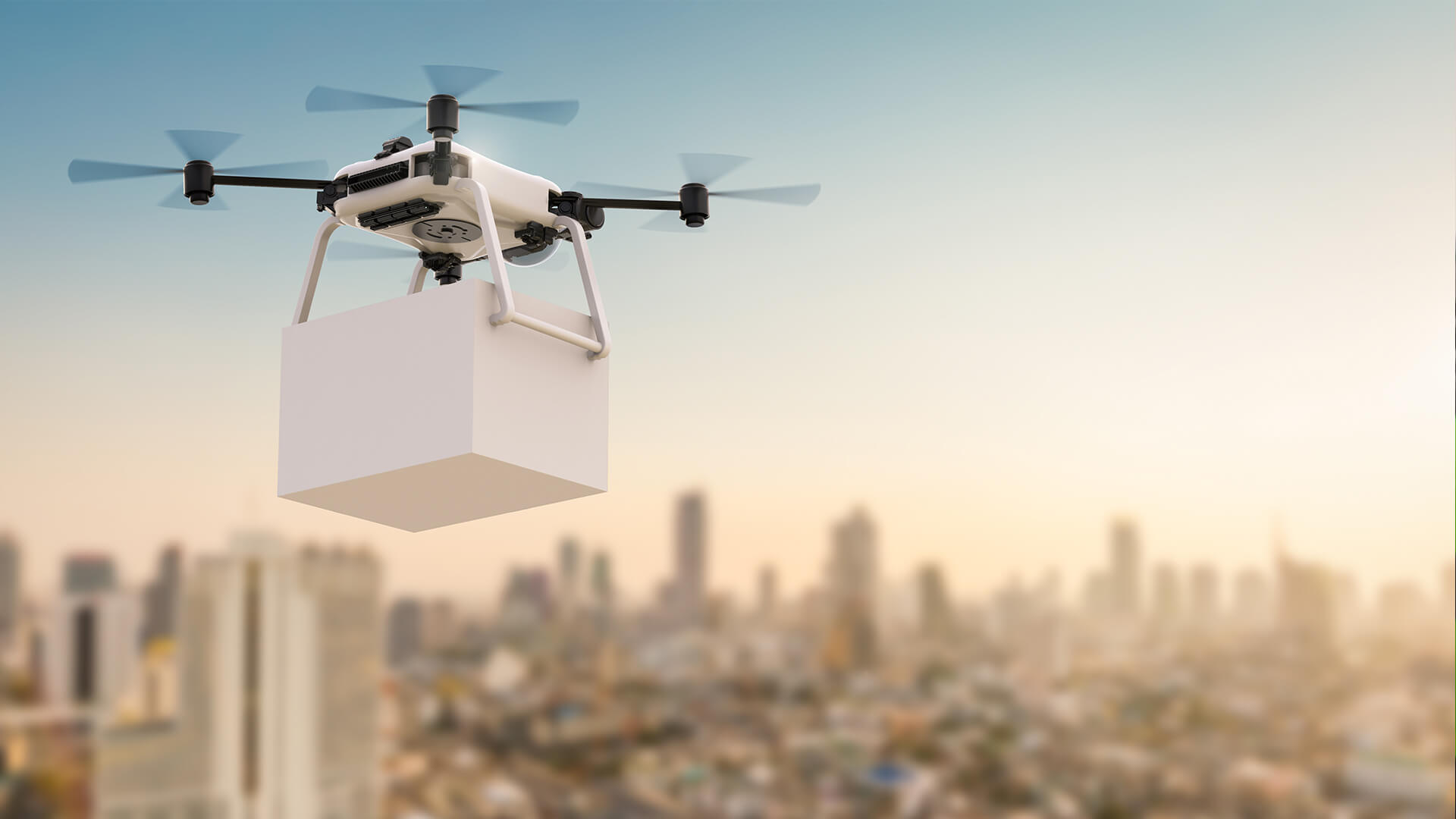Drones — or unmanned aerial vehicles (UAVs) — are quickly gaining traction amongst both individuals and major companies. Just two years ago, the market worth of UAVs was only $14.1 billion. Now, experts predict it will reach $43 billion in the next four years. This immense growth reflects the expansion of the commercial drone. It’s also proof of just how transformative drones have been — and will be — for businesses globally. Here are some examples:
1. Photography
Currently, most businesses use drones for video and photography. Often, they use the shots for promotional material and marketing purposes. Hence, photography businesses were some of the first to profit from using drones. From aerial wedding shots to breathtaking landscapes, artists are utilizing UAVs to shoot from new angles, exploring places they could never go before and redefining photography.
2. Entertainment
Of course, the entertainment industry was quick to jump on this technology as well. Generally, drones come with smaller price tags than high-end cameras and can capture videos from every angle. Plus, they’re small and portable, and they produce more stable film than if a person or track were to hold the camera and keep it level.
3. Agriculture
Farmers also benefit from UAVs in numerous ways. For instance, these devices help growers spot failing crops and areas of concern in large fields. Drones can also make their jobs easier regarding mapping boundaries, studying irrigation systems and even applying pesticides. Ultimately, this technology allows farmers to save both time and money and produce better crops.
4. Construction
A bird’s eye view also comes in handy when viewing construction sites. Drone footage is much more accurate than aerial photos, allowing contractors to take reports on measurements for houses and oversee site operations from afar. These UAVs also help architects and construction workers inspect bridges and other inaccessible structures and even scope out potential plots of land on which to build.
5. Real Estate
Another industry that benefits greatly from using drones is real estate. Nearly half of homebuyers begin their search online where they expect to find photos, videos and even 3D tours of each home. Luckily, drones can take many high-quality photos and gather breathtaking angles of any home, making a real estate agent’s job much easier. They might even use UAVs to inspect properties and evaluate their cost and condition.
6. Insurance
Insurance companies were among the first to adopt drones and, similar to real estate agents, they use them to conduct inspections. Flying around a building, a UAV can collect valuable data on property damages and evaluate weak spots. This information helps the insurer estimate how much it may cost to insure the property. Moreover, it allows them to process claims more quickly.
7. Warehousing and Inventory
UAVs are also transforming the warehousing and inventory industry. Before drones, workers would physically manage inventory and enter data by hand. Now, drones save companies millions by taking inventory and flagging missing items in a fraction of the time it took humans.
8. Delivery
Companies like Amazon, Google Wing and UPS are also looking to save money with drones. Instead of using ships, planes and delivery vehicles to transport orders to customers, they plan to use drones to deliver items. Before these drones can take to the skies, the White House must approve and regulate them. However, drone delivery seems inevitable, considering how much money companies would save and how little time customers would have to wait for orders to arrive.
9. Engineering
Drones also accomplish vital work within the engineering industry. Using UAVs, engineers can discover new sources for raw materials and navigate more dangerous spaces that are unsafe for humans. For example, some drones venture deep into the Earth to inspect oil wells while others string and analyze transmission lines, keeping humans safe in the process.
Looking to the Future
Over the past few years, the Federal Aviation Administration has loosened its restrictions on drones, allowing more businesses to use them on a larger scale. However, many industries are still in the process of testing UAV capabilities and working out any kinks. Therefore, it may be a few months or years before drone fleets take to the skies.








